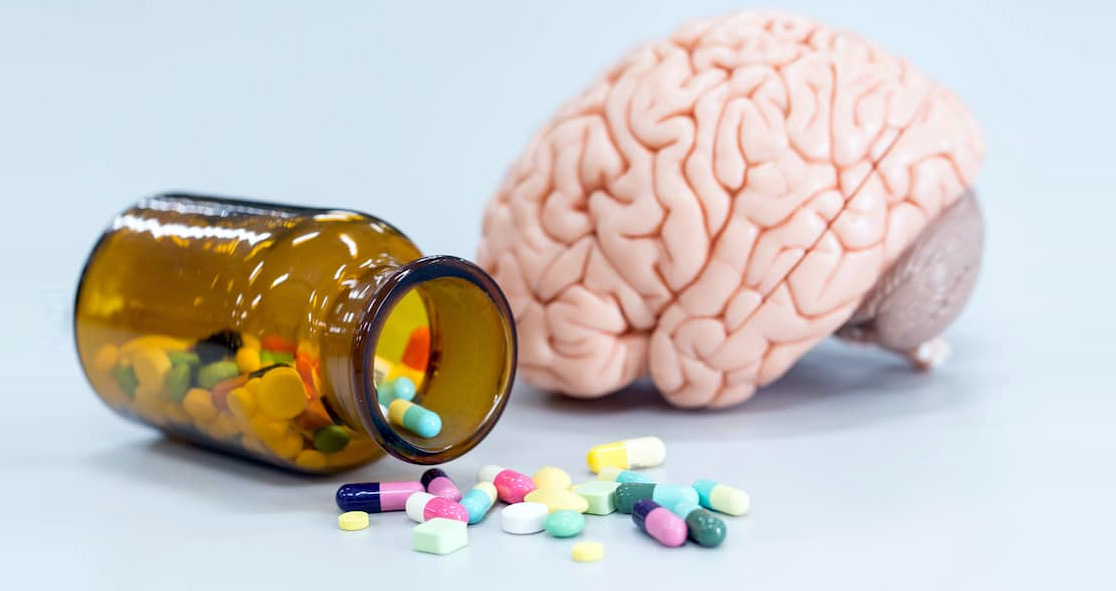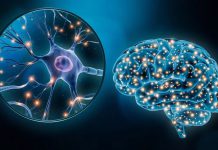Worldwide, there has been an increase in the use of nootropics, also called smart drugs.
More and more people have been using smart drugs such as modafinil, armodafinil, Ritalin, among others to boost their brain function.
A survey, published in June 2018 in the International Journal of Drug Policy, found that the use of smart drugs by people hoping to boost mental performance is rising worldwide,” according to Scientific American.
The survey was conducted on tens of thousands of people between 2015 and 2017. Of them, 14% reported using stimulants at least once in 2017.
Off-label, people use smart drugs like Adderall and Ritalin to increase memory and concentration. Doctors often prescribe these drugs to people with attention deficit hyperactivity disorder (ADHD).
It has also been found that the use of sleep-disorder medications such as modafinil and armodafinil is on the rise.
Prof. Barbara Sahakian of the University of Cambridge, UK, who was not part of the survey, said there is an increasing “lifestyle use” of smart drugs by healthy people, raising ethical concerns.
Lead author of the survey Dr. Larissa Maier of UCSF said, “Cultural factors, the prevalence of ADHD diagnoses and availability all influence which drugs are used for PCE [pharmacological cognitive enhancer] and the rate of use,” according to Scientific American.
The findings suggest that the spread of US-style practices in ADHD treatment has been driving the trend and making smart drugs available more easily.
Neuroscientist Steven Rose of the Open University and Gresham College, London, said, “The increased diagnoses of ADHD and their prescription drug use is creating a substantial population of young pharmacologically medicated persons whose underlying problems may very likely be located in their social world.”
Approximately 50% of participants in the survey said they obtained smart drugs through friends, 10% said they bought them online from a dealer, 6% obtained the drugs from a family member, and 4% said that got them through their prescriptions. The article was originally published in Scientific American in July 2018.























